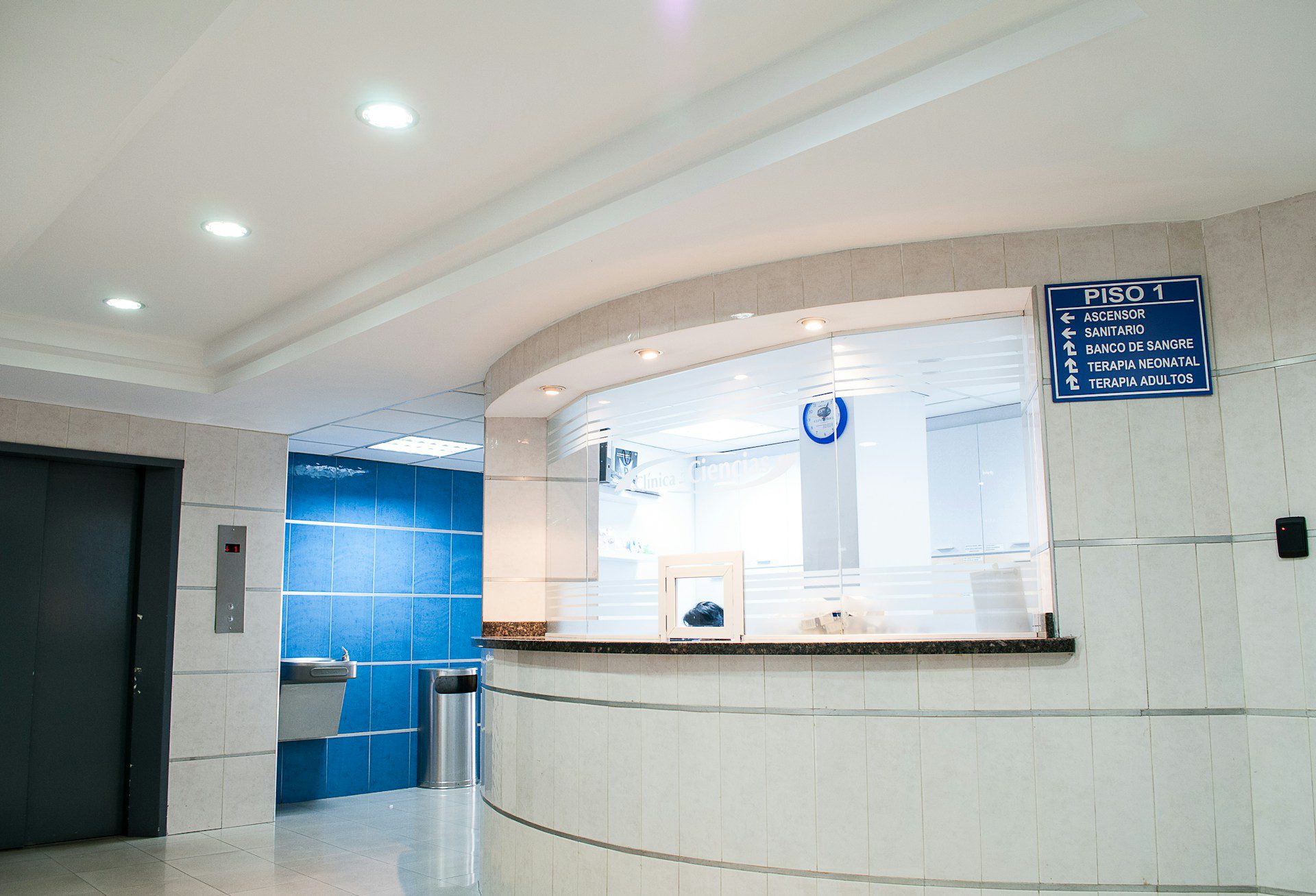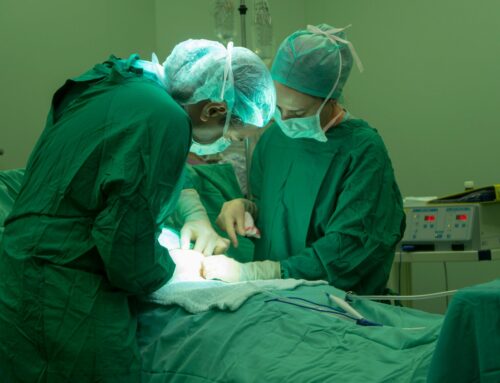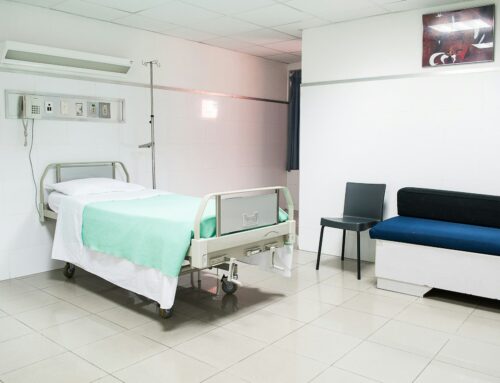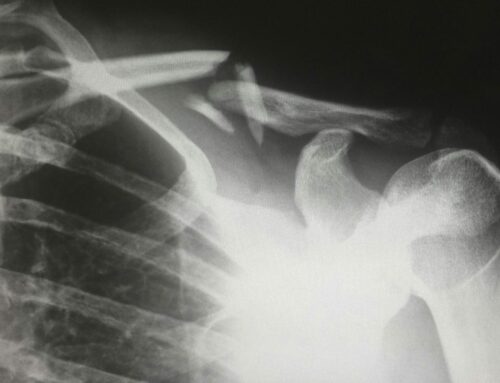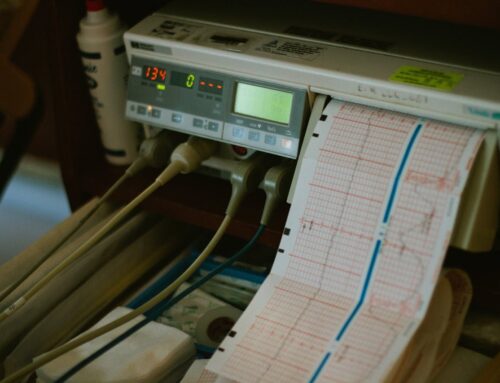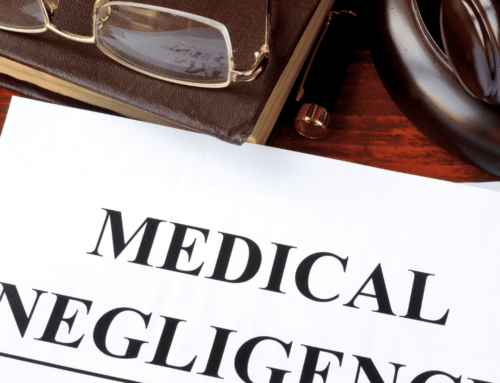In Ireland, when a serious incident or near-miss occurs in a hospital, it is crucial that a thorough and transparent investigation takes place. Saolta University Health Care Group, which manages several hospitals in the west and northwest of Ireland, plays a key role in ensuring that such incidents are properly examined.
This blog outlines how Saolta investigates serious hospital incidents, the process involved, and what happens when a report is produced.
What Constitutes a Serious Incident in a Hospital?
A serious incident in a hospital setting refers to any event that has resulted in, or had the potential to result in:
- Death or serious harm to a patient
- A major lapse in patient safety
- A significant deviation from established protocols
A near-miss is an event that did not cause harm but had the potential to do so if circumstances had been slightly different. These are also investigated to prevent future incidents.
How Are Hospital Incidents Reported?
When a serious incident or near-miss occurs in a hospital under Saolta’s management, healthcare professionals are required to report it under HSE’s Incident Management Framework. Reports are typically made internally through hospital risk management teams.
Saolta, in line with national policies, ensures that serious incidents are escalated to senior management and, where necessary, to external regulatory bodies such as:
- The Health Information and Quality Authority (HIQA)
- The State Claims Agency (SCA) (if legal claims are involved)
- The Medical Council (if professional standards are in question)
How Does Saolta Investigate Serious Hospital Incidents?
- Initiation of Investigation
Once an incident is reported, Saolta conducts an initial review to determine its severity and the appropriate level of investigation. Investigations are carried out under the HSE Incident Management Framework 2020, which categorizes incidents into different levels:
- Low-level review: Internal review with recommendations for local improvements
- Comprehensive systems analysis: A detailed investigation, usually involving an external independent review
- Root Cause Analysis (RCA)
A core part of any investigation is Root Cause Analysis (RCA), a structured method used to identify the underlying causes of the incident. RCA aims to determine:
- What happened?
- Why did it happen?
- What can be done to prevent recurrence?
This process typically involves:
- Reviewing medical records
- Interviewing staff involved
- Examining policies, procedures, and protocols
- Identifying system failures rather than focusing solely on individual blame
- Family and Patient Involvement
Where a patient or their family has been directly affected, Saolta follows the HSE’s Open Disclosure policy. This means that:
- The patient/family is informed about the incident as soon as possible
- They are invited to participate in the investigation process
- They are provided with regular updates and given the opportunity to ask questions
- Independent External Reviews (if required)
In cases of extreme severity or where there are concerns about impartiality, an independent external review may be commissioned. This could involve clinical experts from outside the Saolta group or even international medical specialists.
What Happens When a Report is Produced?
Once the investigation is complete, a formal report is compiled. The contents typically include:
- A detailed account of the incident
- The findings of the root cause analysis
- Any identified system failures or procedural weaknesses
- A list of recommendations and actions to prevent recurrence
Who Receives the Report?
You as the patient are entitled to receive a copy of the report. Often these reports are very detailed and difficult to read and you can share the report with your solicitor, and in most circumstances it is recommended that you would do so. Also the final report is shared with:
- Hospital management
- The affected patient or family (if applicable)
- Regulatory bodies (if necessary)
- Saolta’s governance teams
In certain cases, reports are also made publicly available if the matter is of significant public interest.
What Are the Next Steps After a Report?
- Implementation of Changes
Saolta is responsible for ensuring that recommendations from the report are implemented at both a local hospital level and, where necessary, across the entire health service. This may include:
- Updating clinical protocols and procedures
- Introducing additional staff training
- Enhancing safety measures such as digital record-keeping
We recently acted in a case where unfortunately a lady passed away due to internal failures regarding the reporting of radiology results. At the inquest the HSE and the hospital produced the new policy and procedure for the reporting of radiology results and this was a great comfort to the family to know that changes had been implemented in the hospital so that another family would not have to suffer the same fate as theirs.
- Learning and Prevention
A key goal of the investigation process is to prevent similar incidents in the future. Hospitals under Saolta’s management are expected to conduct regular audits and risk assessments to ensure compliance with recommendations.
Has Plaintiff solicitors at McElhinney & Associates This is the primary concern for plaintiffs and families who come to us for advice in relation to medical negligence matters. It is frequently stated that they do not want other families to suffer the same fate they want to make sure that there is retraining within the hospital environment so that the same mistakes cannot happen again
- Legal and Disciplinary Considerations
If an investigation identifies gross negligence, misconduct, or a breach of professional standards, further action may be taken, including:
- Referral to the Medical Council for disciplinary action against an individual practitioner
- Further regulatory oversight from HIQA or the Department of Health
Conclusion
It is of utmost importance that patients who are victims of a mistake or a near miss at a hospital in Ireland know that the mistake will be thoroughly investigated and that lessons will be learned, that patient safety is continuously improved. Saolta plays a critical role. While no healthcare system is immune to errors, a transparent, patient-focused, and evidence-based
Disclaimer
*In contentious business a Solicitor may not calculate fees or other charges as a percentage or proportion of any award or settlement
**This information is for guidance purposes only. It does not constitute legal or professional advice. Professional or legal advice should be obtained before taking or refraining from any action as a result of the contents of this publication. No liability is accepted by McElhinney & Associates for any action taken in reliance on the information contained herein. Any and all information is subject to change.
About the Authors
Jolene McElhinney, BBLS, Principal Solicitor
Jolene McElhinney is the founding principal of McElhinney & Associates, renowned for her expertise in employment law and personal injury claims across the North West of Ireland. With a distinguished academic background and over a decade of experience, Jolene is dedicated to providing personalised, expert support to her clients, ensuring they navigate the complexities of the legal landscape with confidence and clarity.
